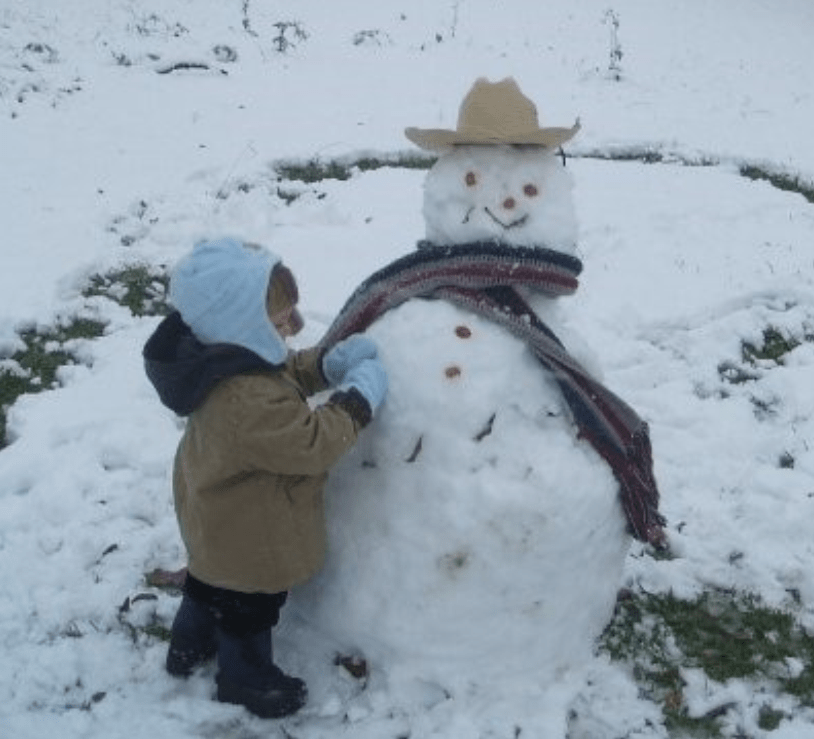
I’ve given up listening to most of the long-term weather predictions. The vaunted El Niño, which was supposed to make this winter colder and wetter than normal, has yet to arrive. While the excuses for this nonevent are legion, I get the feeling they just don’t know what the winter will be like. My weather buff husband is still a true believer in long term forecasts, however, and he’s holding to the idea that we’re in for some cold, wet days ahead. I am less trusting, and feel I might as well predict it myself. You can either be wrong or right, so I’m already ahead of the game.
Is it going to turn around and shape up to be a cold winter? Despite the lack of significant fronts and the springlike feel to most days in December, I’m voting yes. My weather prediction powers come solely from the side of lore, not prediction software or formulas. Having once read a chapter in Laura Ingalls Wilder’s book, The Long Winter, years ago, I feel at least as qualified as anyone else to tell you what’s going to happen. In the book, Laura’s Pa predicted the terrible winter ahead for them based on how soon the birds began to migrate and how high they were flying. He also employed an old Indian prophecy and noted how strong and early the first cold front was. Judging by these very nonscientific, yet just as likely to be right observations, we’re not in for a big bad winter.
In the weather records for Brownwood, according to extremeweatherwatch.com, the coldest temperature in Brownwood’s history was -6° on Saturday, December 23, 1989. I went back through that year to check and see if a big cold front came in early, which could quasi-verify Pa’s theory on early fronts and cold winters. In the fall of 1989, it was still running up to 100° in the first few days of October. They didn’t see a real front until the 18th, and that only dropped it to a high of 61°. Pa’s theory wouldn’t have worked that year. He wasn’t in Texas though, where the weather avoids predictions like a wild mule ducks a rope, so we can cut him some slack. Anywhere else in the world, the weather gurus might be right most of the time, just not in Texas.
The Fire Chief in Santa Anna, David Huggins, who was over working on the hot water heater the other day, says they used to predict the weather based on the insides of a persimmon. If you cut one open, he said, there will be either a fork, a knife or a spoon inside. Depending on the utensil you discover, the winter weather will follow. It should be short and warm if you find a fork. A knife indicates frigid winds ahead and a spoon, which stands for a shovel, means a snowy winter is coming.
We happen to have a persimmon tree in the backyard. It’s late in the season, and the few fruits still hanging from it are a bit shriveled up, but I went ahead and cut one open just to see. It looks like a spoon to me, but it’s hard to tell for sure. I’m going to side with the spoon anyway. It’s bound to be at least as accurate as the weather stations.
The weather experts say that the persimmon theory is not proven to be scientifically accurate. Well, I don’t want to hurt any feelings, in case there’s some hapless forecaster reading this, but there are other things that are not just unproven, but provably inaccurate as well. I’m sticking with the persimmon. My husband agrees, although he bases his prophecy on the ‘science’ of long-term weather forecasters. If we’re both right, I suppose we’ll never know which one of us is actually wrong, and if we’re wrong, we can join the crowd.
***
Diane Adams is a local journalist whose columns appear Thursdays on BrownwoodNews.com
